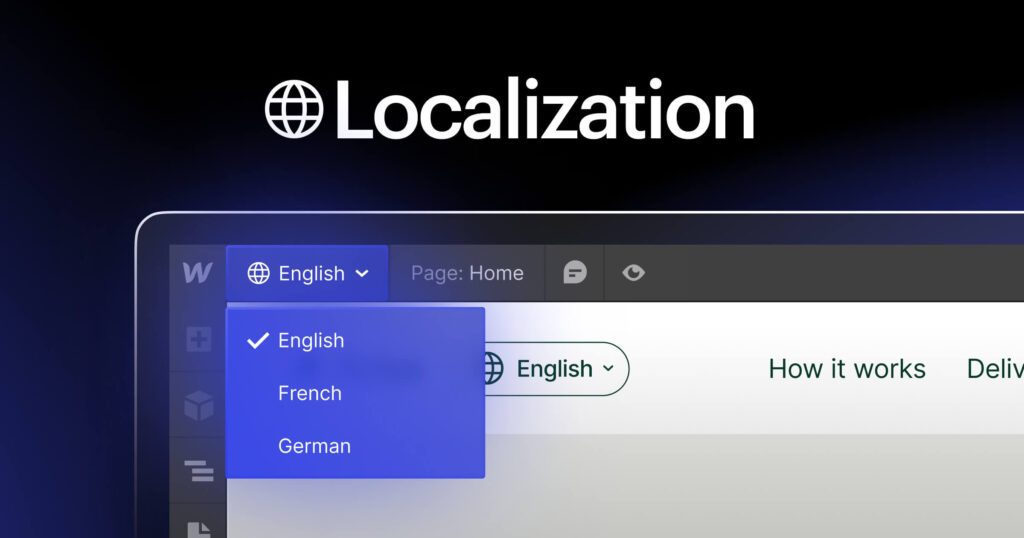SEO localization explores the dos and don’ts of SEO localization, guiding you through creating visible, culturally appropriate content that engages diverse audiences.
Avoid critical missteps and connect better with global audiences through culturally intelligent SEO localization. In global markets, effective SEO extends beyond keywords and backlinks. It must consider cultural nuances to resonate with diverse audiences with different languages and needs.
Table of Contents
Understanding cultural sensitivity
Cultural sensitivity in SEO means recognizing and respecting the unique cultural, social and linguistic elements that define a local audience.Beyond SEO, it includes UX and UI for a comprehensive search experience. It acknowledges that cultural norms and preferences may vary, impacting how content is perceived.
For instance, different cultures may have different meanings for the same colours, symbols, and numbers. In many Asian cultures, the colour red may represent wealth, while in others, it may be connected to danger or caution. In a similar vein, a gesture that is pleasant in one nation may be insulting in another.
Subtleties of language
The subtleties of language are essential to cultural sensitivity. The intended meaning is frequently lost in direct translations, which can also overlook cultural nuances.
Idioms and phrases that make sense in one language may be improper or absurd when directly translated into another. In another language, for example, a hilarious expression in English might sound uncomfortable or lose its humour.
SEOs must ensure that content is linguistically accurate and culturally congruent.
Insensitivity in these areas can alienate potential customers. A misunderstood or disrespected audience is unlikely to engage with a brand, risking public relations crises and reputation damage, particularly in the age of rapid social media spread.
Localization secrets for SEO

One essential—yet sometimes disregarded—aspect of successful SEO localization is cultural sensitivity.
For localised SEO to produce content that genuinely engages a range of consumers, cultural intelligence needs to be included across the whole plan, from research to implementation.
By adopting these best practices, you can engage your global audience in meaningful, cross-cultural interactions.
While not inherently SEO-related, Pepsi’s late 20th-century slogan is a notable example. “Come alive with the Pepsi Generation” succeeded in the U.S. Yet, in China, the translated slogan, “Pepsi brings your ancestors back from the grave,” proved culturally insensitive, conflicting with local beliefs and customs about ancestors and the afterlife.
Cultural Sensitivity in SEO

A misstep like this is often due to a lack of understanding of local customs, beliefs and values. A campaign that does not consider these elements can inadvertently perpetuate stereotypes or show disrespect to cultural norms.
Businesses must prioritize cultural sensitivity in SEO to succeed with global expansions. This includes:
- Thorough research into the target culture.
- Consulting local specialists.
- Continually adapting content for cultural relevance.
The aim is to create universally resonant content, fostering connection and respect across diverse audiences.
Dos of SEO localization

Conduct comprehensive research
Effective SEO localization requires in-depth market research. Go beyond surface-level insights to understand your target audience’s cultural norms, values and language nuances.
This involves grasping how local customs, religious beliefs and societal norms influence consumer behavior. For example, understanding regional holidays, festivals and significant events can offer timely and relevant content opportunities.
Produce material that is inclusive
Producing content that speaks to a particular target group as well as a wide audience is why it is so important to create inclusive content. This entails interpreting language and modifying humour, idioms, and cultural allusions to suit the regional setting.
Ensuring that the material is in line with the cultural experiences and expectations of the audience will increase relevancy and engagement. For example, using examples that reflect the audience’s real-world experiences or local storytelling strategies can significantly increase the resonance of the text.
Work with regional authorities
Working with regional cultural consultants and SEO specialists is crucial. Their in-depth knowledge of the regional market may be quite helpful in preventing cultural blunders and boosting the performance of your SEO campaign.
They can provide information on regional search customs, preferences, and subtleties that aren’t immediately obvious to visitors. Most importantly, they may represent your company in their market as brand ambassadors, which will aid in your organic and natural penetration.
Modify the graphic components
These days, images are crucial to SEO, yet far too many businesses ignore their visual content. This entails modifying the style, colour palette, and iconography to reflect the tastes and meanings of many cultures.
For example, various cultures might have distinct meanings for the same colour, and what is viewed as professional or attractive in one nation may not be in another.
Optimize for local keywords
Adapting your keyword strategy to local dialects and variations is another key element. Beyond translation, it requires understanding how the local audience searches for your products or services.
Incorporate colloquial terms, local expressions and region-specific jargon, considering language structure’s impact on search results.
Adapt to cultural dynamics responsively
Cultural sensitivity is not a one-time effort; it requires ongoing attention and adaptation. What is relevant and sensitive today may change.
Regularly revisiting and updating your content to reflect current cultural contexts is vital for maintaining engagement and respect with your audience.
Comply with legal and regulatory requirements
Although almost always neglected by SEOs, understanding and adhering to local legal and regulatory requirements is necessary.
This includes data privacy laws, advertising regulations and content restrictions specific to each region. Non-compliance can lead to legal issues and damage your brand’s reputation.
Don’ts of SEO localization
Generalisations and stereotypes
One common error in SEO localization is the use of stereotypes or oversimplification. Every market is unique because of its own cultural, social, and linguistic characteristics.
A one-size-fits-all approach might provide content that is unsuitable for the local audience’s culture and fails to effectively engage them.
Recognising and respecting the diversity present in every market is essential, as is tailoring content to each audience’s particular needs and preferences.
Direct translation and language issues
One of the biggest mistakes in SEO localization is to rely just on direct translation.
This method frequently results in grammatical errors and overlooks the cultural context, which leaves the intended audience with material that is unclear, irrelevant, or objectionable.
It is imperative to guarantee linguistic and contextual precision by taking into account regional idioms, metaphors, and cultural allusions that may lack precise translations in other languages.
Disregarding regional laws and customs
Neglecting local digital legislation and compliance concerns can result in severe legal consequences and harm a brand’s image.
Additionally, the efficacy of SEO efforts may be hampered by a failure to stay current with local search engine preferences and technical advancements.
Maintaining awareness is crucial to making sure your writing is pertinent, compliant, and suitable for the target culture.
Ignoring cultural sensitivities and taboos
Every culture has sensitive subjects and taboos. It is essential to consider these while producing material for various audiences.In certain cultures, anything that is seen funny or acceptable may be taboo or insulting.
Maintaining a favourable brand image and developing trust with your audience requires an understanding of and adherence to certain cultural limits.
Neglecting user experience and design preferences
User experience and design preferences can vary significantly across cultures.
Ignoring these preferences in website design, layout and navigation can lead to a disconnect with the target audience.
Adapting your digital presence’s visual and functional aspects to align with local user expectations and behaviors is important.
Undervaluing the significance of regional voices
Lack of authenticity and audience engagement can result from undervaluing local voices and opinions in content development.
Including local voices in your SEO efforts may greatly increase their relevance and credibility, whether through partnerships, testimonials, or user-generated content.
Ignoring regional rivalry and market conditions
It is a typical mistake to ignore regional rivals and market dynamics.
Comprehending the placement and tactics employed by nearby enterprises may yield significant information for enhancing your SEO localization approach.












